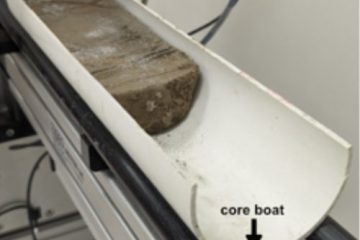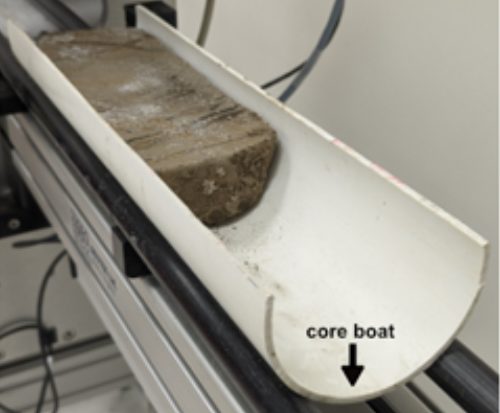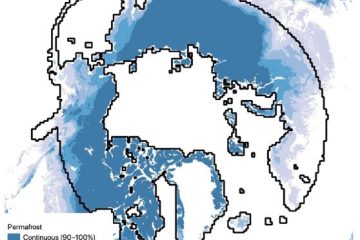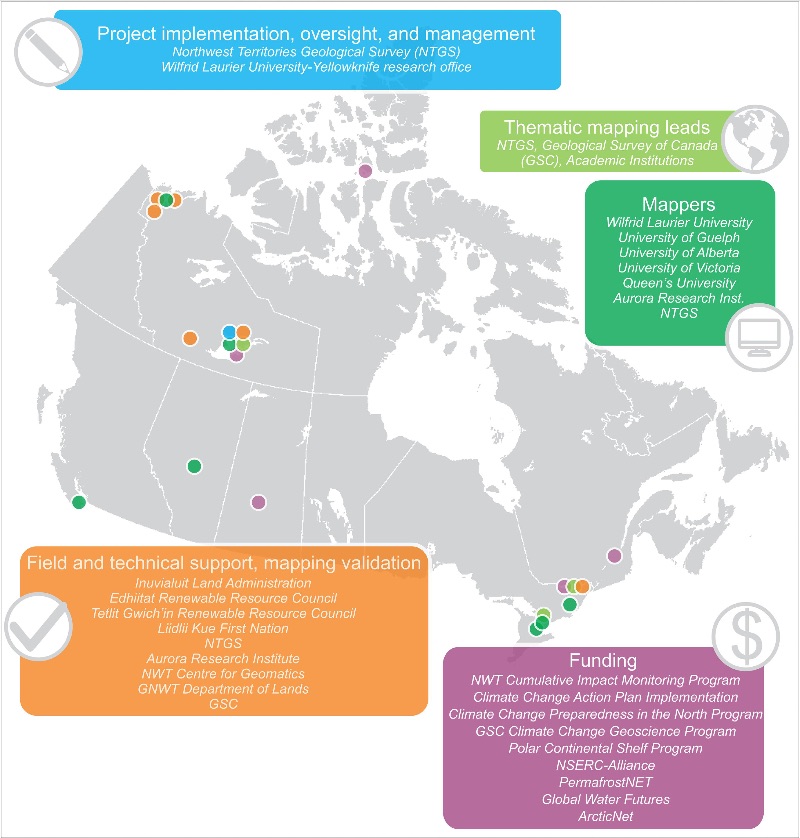A study of how climate, soil type and water saturation affect ice-wedge cracks
A new study by Gabriel Karam et al asks, how do climate and soil control the ice-wedge formation process?
Answering these questions can further our understanding of wedge-ice volume and distribution.

Ice-wedges are periglacial landforms that develop as a result of thermal contraction-cracking in continuous permafrost regions, which appear as polygonal networks on the ground surface. Given their complex thermo- mechanical loading history, very few related numerical models have so far been developed. This study developed a new climate-driven model to show the fractures in soil that develop from thermal contraction in winter. The range of model results indicate how climate, soil type and water saturation of the soil affect the spacing, depth, and width of ice-wedge cracks. Estimating ice-wedge depth can help us make informed volume calculations which are otherwise difficult to measure in the field.
Karam, G., Pouragha, M. and Gruber, S. (2024). Investigating the controls of ice-wedge initiation and growth using XFEM, Computers and Geotechnics, Volume 173, DOI: 10.1016/j.compgeo.2024.106549

















